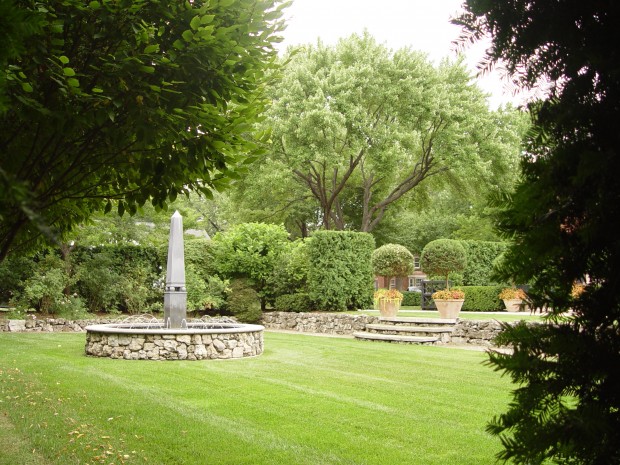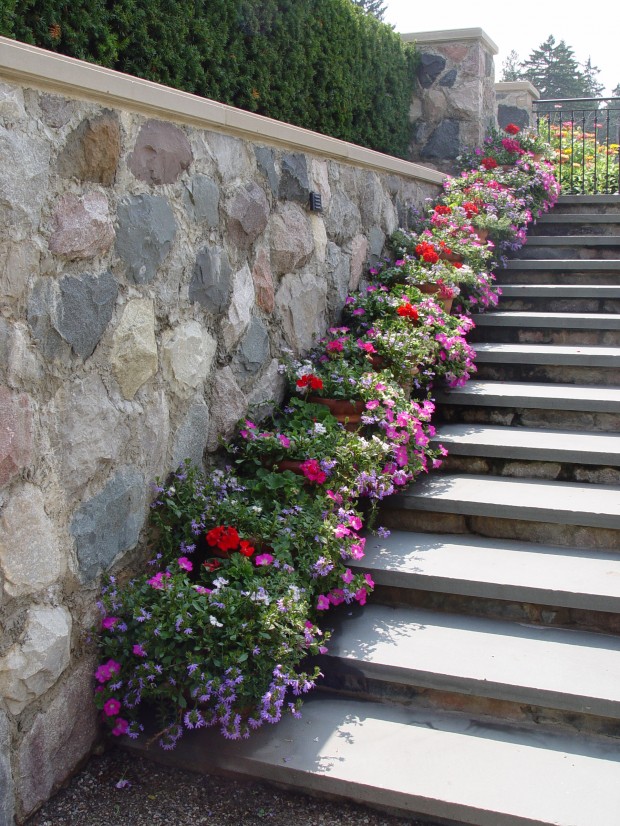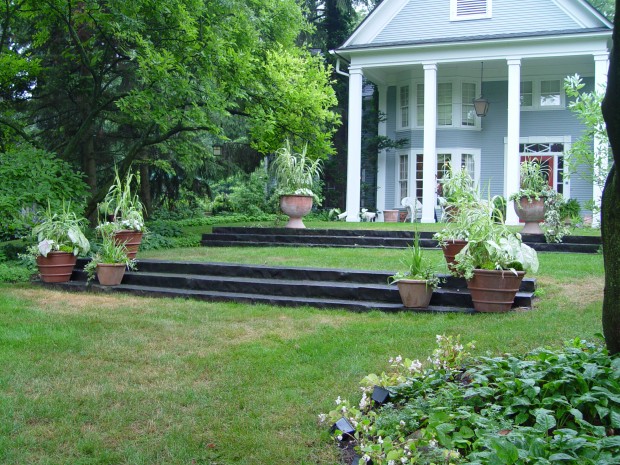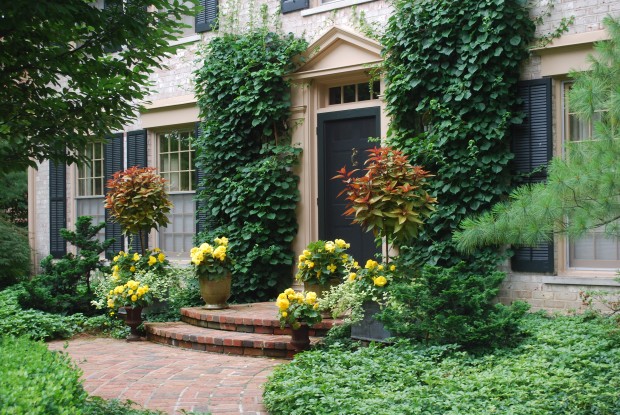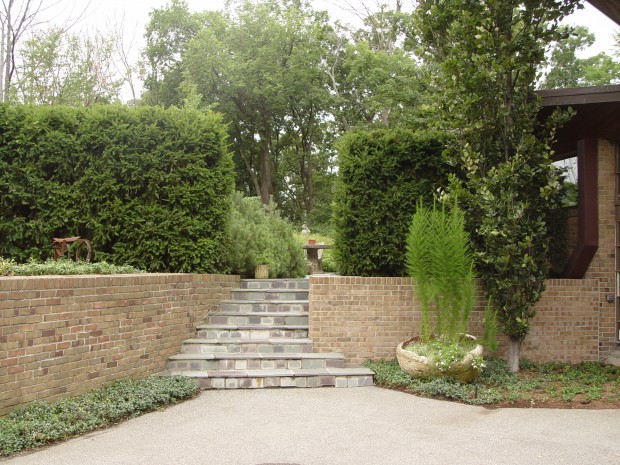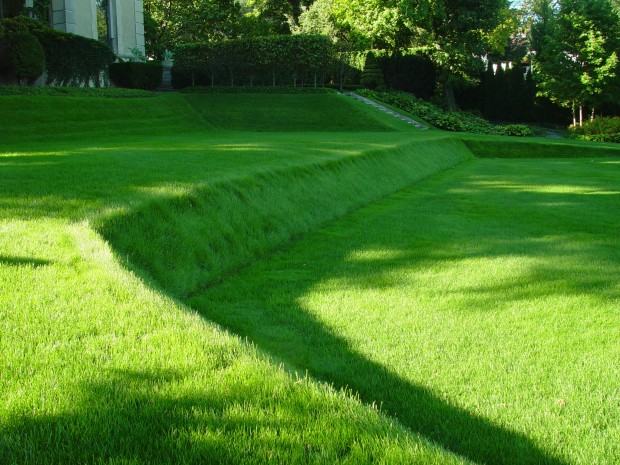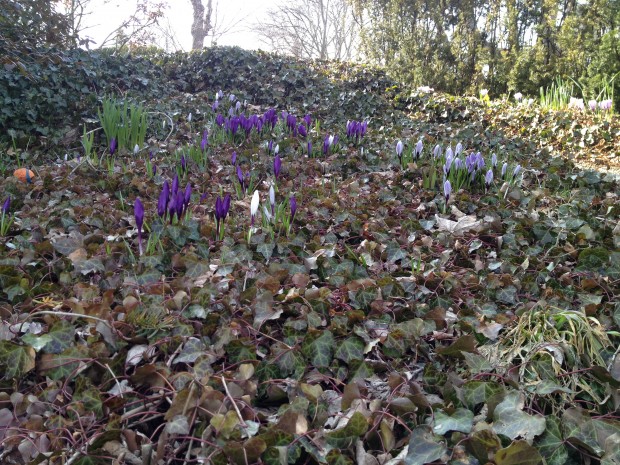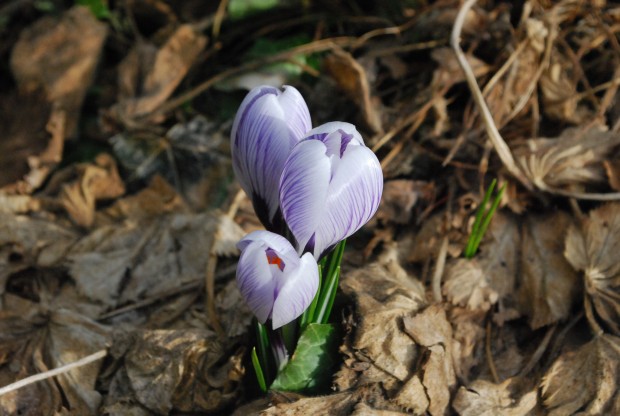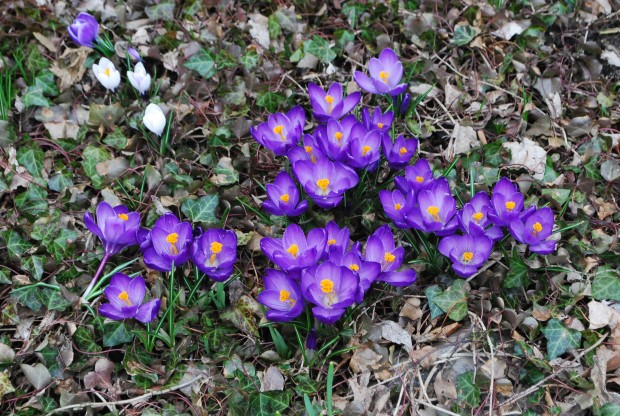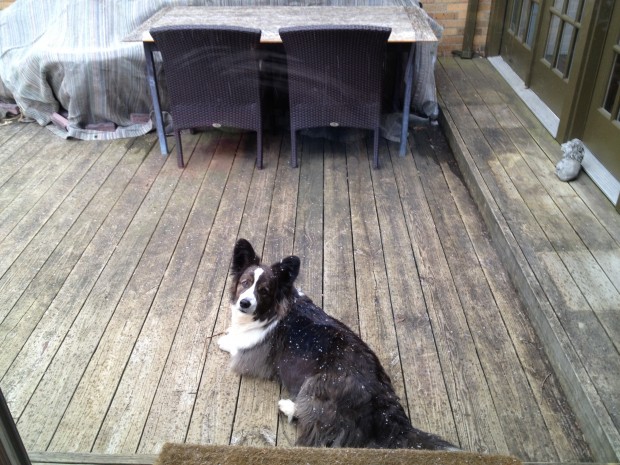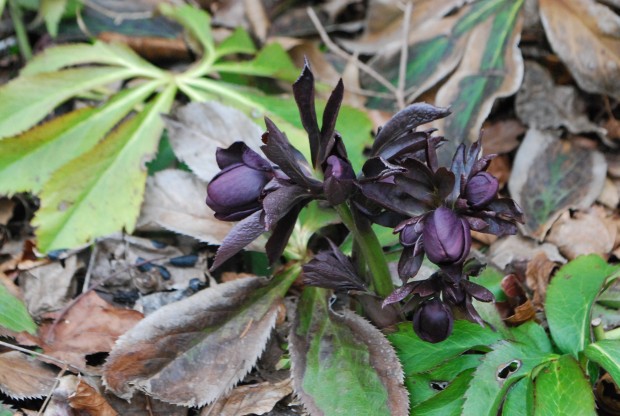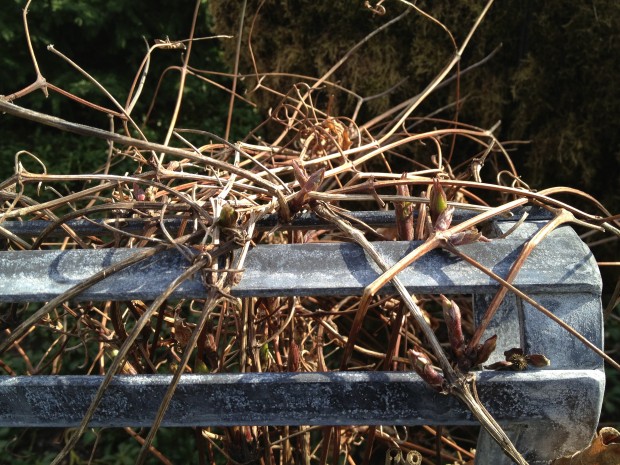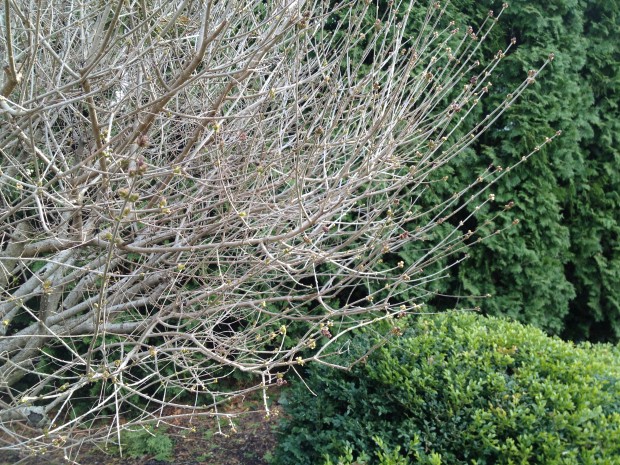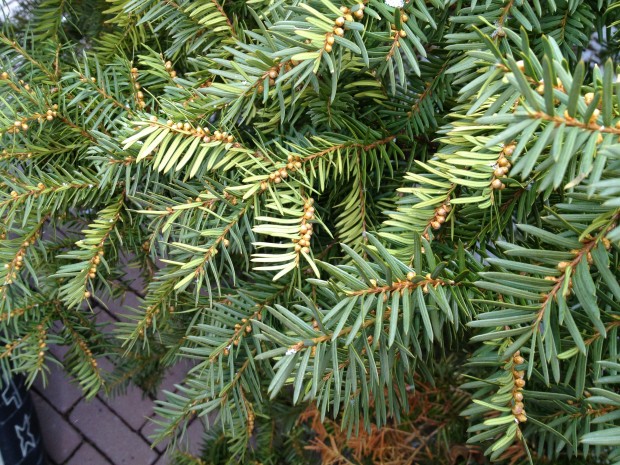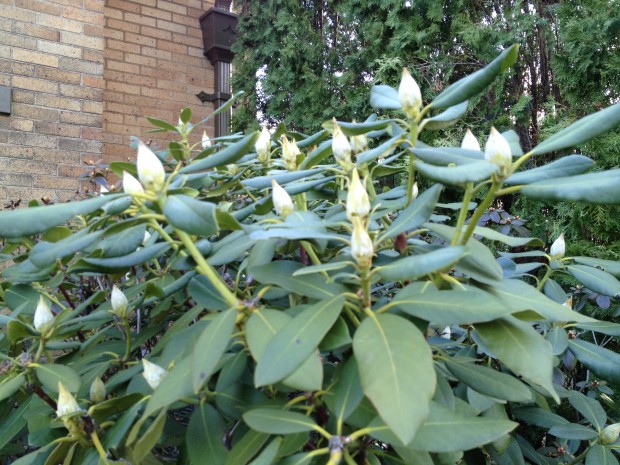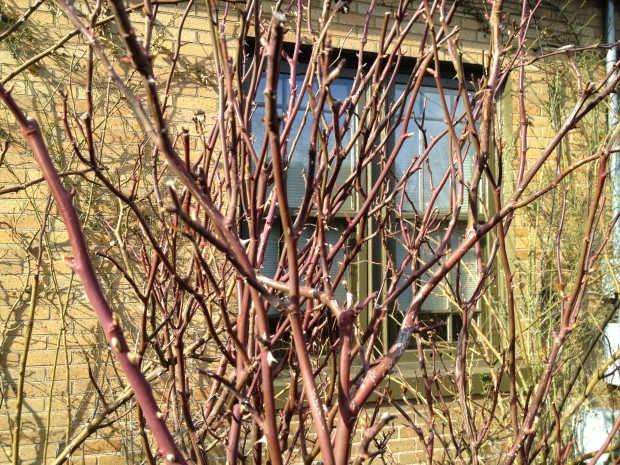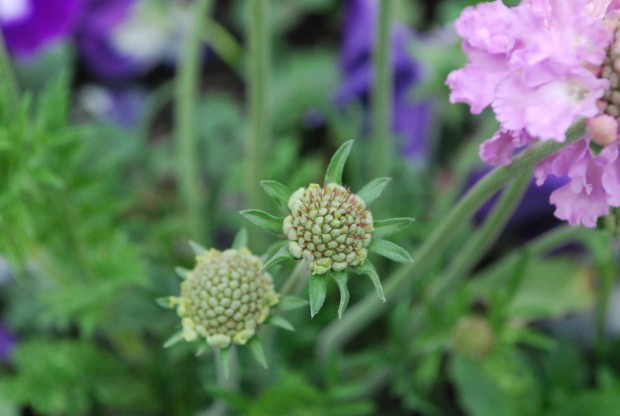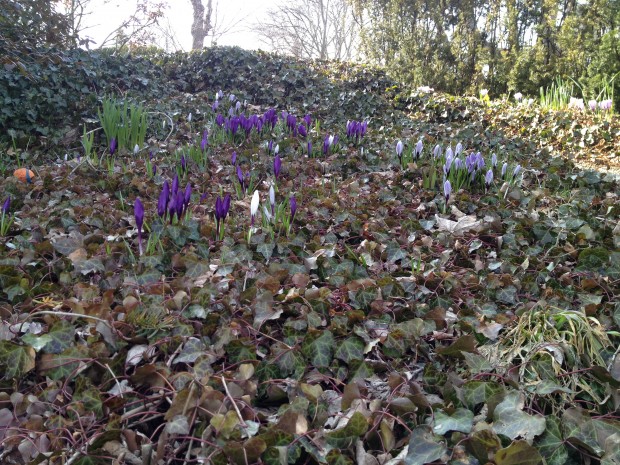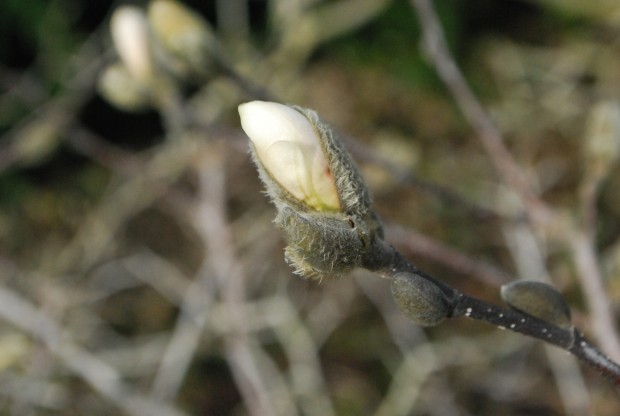To follow is a photo album from friends who hosted a formal dinner party last weekend in their granary. A granary is an outbuilding, a small barn if you will, ordinarily used to store grain. In England, granaries are commonly set on stone piers known as staddle stones. These elevating piers make it next to impossible for rodents and other wildlife to get into the store of grain. This particular 19th century American granary is above ground on concrete blocks. Utilitarian, yes. My friends do not grow grain, but they certainly has a very broad view of utility-and a big love for the landscape. You’ll see.


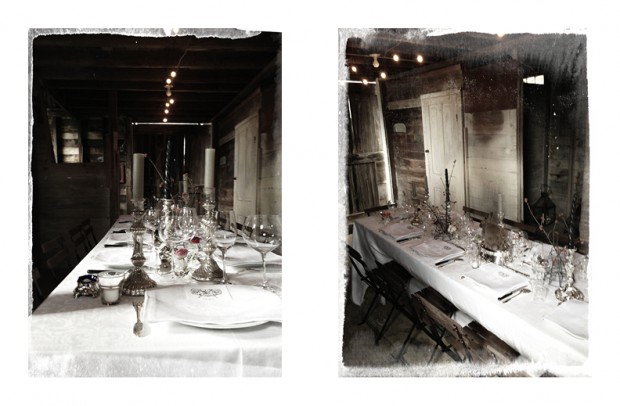
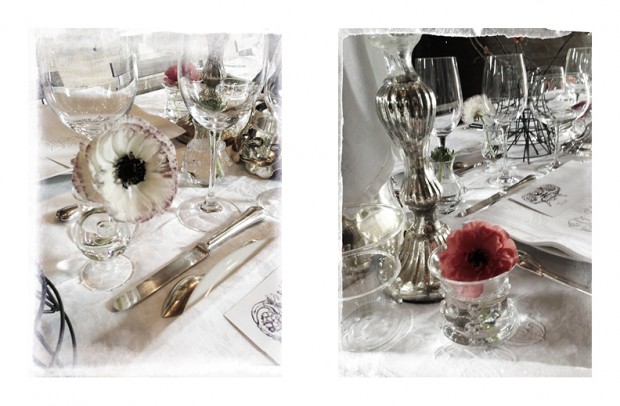

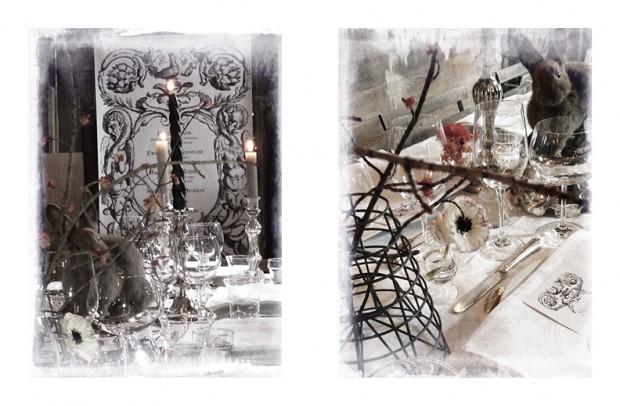
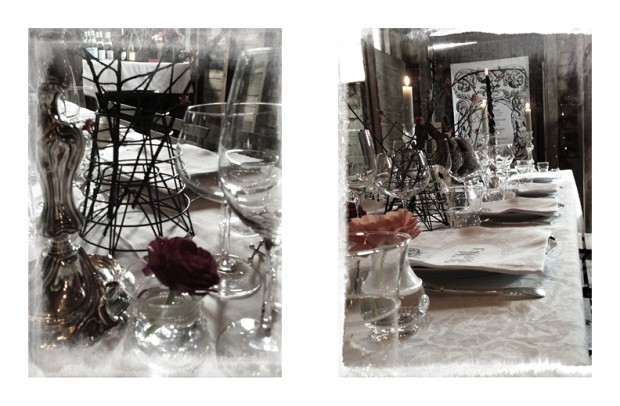
 The weather last weekend-blustery and cold. That problem was solved renting a portable heater which kept the room comfortable. A power outage the morning of the dinner-daunting. But they had a vision to entertain that was 1 part theater, 10 parts a love of beauty, and 100 parts a love of anything and everything in the landscape. The spring sprouting and blooming branches with ranunculus gracing the table-exquisite.
The weather last weekend-blustery and cold. That problem was solved renting a portable heater which kept the room comfortable. A power outage the morning of the dinner-daunting. But they had a vision to entertain that was 1 part theater, 10 parts a love of beauty, and 100 parts a love of anything and everything in the landscape. The spring sprouting and blooming branches with ranunculus gracing the table-exquisite.
For dessert, rose flavored macarons with raspberries and lychees. Each macaron was presented with a single red rose petal, and a dewdrop of clear candied sugar.1 Their party was so clearly representative of who they are-gardeners with wit, fabulous style and imagination. It is with great pleasure that I share their pictures.


